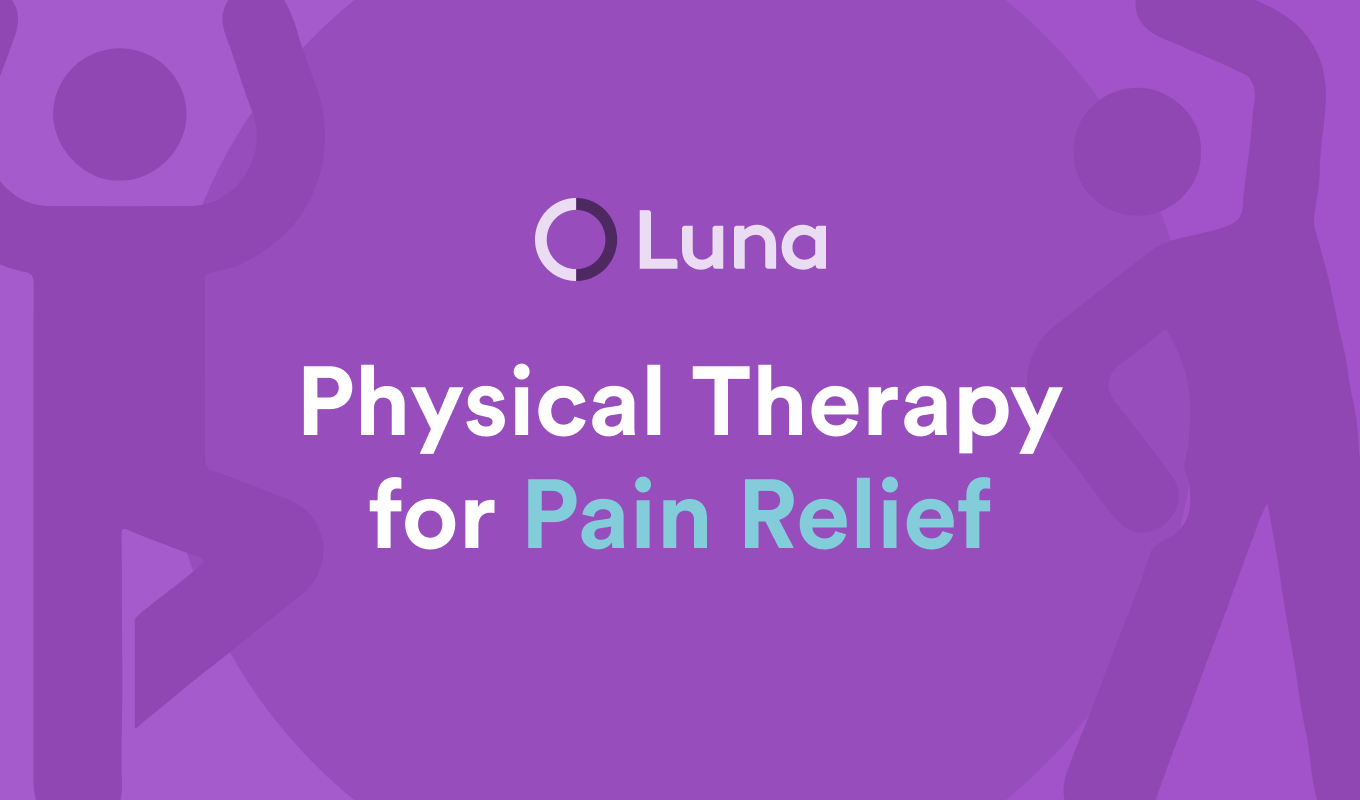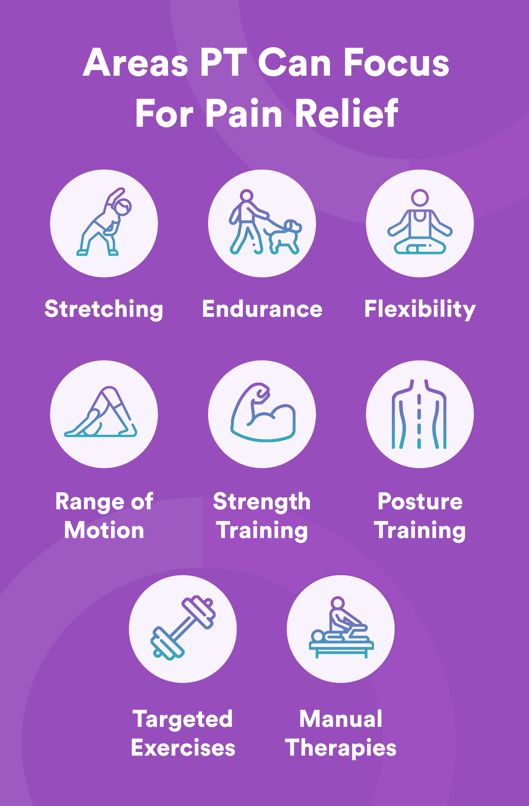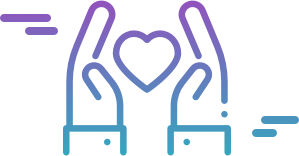Your Guide to Pain Relief: A Closer Look at Physical Therapy for Pain Management

With 51.6 million Americans experiencing pain every day, pain management has become a large component of healthcare in the United States.
Given the prevalence of chronic pain among adults, affecting roughly 21%, incorporating physical therapy into routine care helps improve the quality of life and reduces the dependency on medications.
Why Physical Therapy?
Physical therapy provides a non-invasive alternative to pain management, empowering patients by actively involving them in their recovery process. However, it’s not always the first option that comes to mind.
When it comes to managing pain, it’s possible to mask the symptoms with pain medication — which is often the first line of defense for many patients. This does little to truly heal the body, risking major side effects and potential dependencies without addressing the underlying causes of discomfort.
Physical therapy is one of the best choices for pain management because it offers patients both relief and functional improvement while addressing the real source of pain.
What Are the Benefits of Physical Therapy for Pain Management?
Physical therapy offers many benefits for those dealing with either acute or chronic pain. Here are several ways you could benefit from physical therapy as your primary form of pain management:

Pain Relief.
Probably the most obvious and impactful benefit to your quality of life. A pain-free life is the goal and physical therapists work directly on the affected areas to not just offer temporary relief but long-term solutions to pain management.

Restoring Function and Mobility.
Loss of mobility and function can be a significant consequence of injury, surgery, or chronic conditions. Physical therapy helps to strengthen muscles, improve flexibility, and enhance joint movement for a better recovery.

Injury Prevention.
Proper movement techniques can significantly decrease the risk of further injury. This proactive approach to healing ensures that patients recover from their current conditions while also preventing reinjury or continued pain.

Increased Independence.
Physical therapists provide their patients with the knowledge they need to continue their treatment in between sessions. This helps patients regain their independence while reducing their dependency on frequent medical interventions, promoting a healthier, more active lifestyle.
How Does a Physical Therapist Help with Pain Management?
You don’t have to have a broken leg or go through major surgery to need physical therapy. Something as simple as pain in your neck or lower back pain could be what sends you to a physical therapist. Maybe poor posture and work habits are causing chronic pain that affects your daily activities and overall quality of life.
A physical therapist can help by diagnosing the source of your pain, teaching you targeted exercises that strengthen the muscles supporting the affected areas, and correcting your posture to prevent further discomfort.

Does Physical Therapy Hurt?
This is a common concern among patients who suffer from chronic pain, and while physical therapy aims to alleviate that pain, it’s possible to experience some discomfort. However, it’s temporary and a positive sign of recovery!
Certain daily habits might even be making your pain worse, which is why a physical therapist will address any behaviors and routines that exacerbate the pain, and put you on the right path for recovery.
Each patient will respond differently to treatment, which is why there isn’t a one-size-fits-all approach. Physical therapy is a tailored treatment option and with Luna, our physical therapists come to you — don’t worry about the hassle or inconvenience of visiting the clinic.
If you're ready to take the first step toward a pain-free life, contact a Luna Therapist near you.




